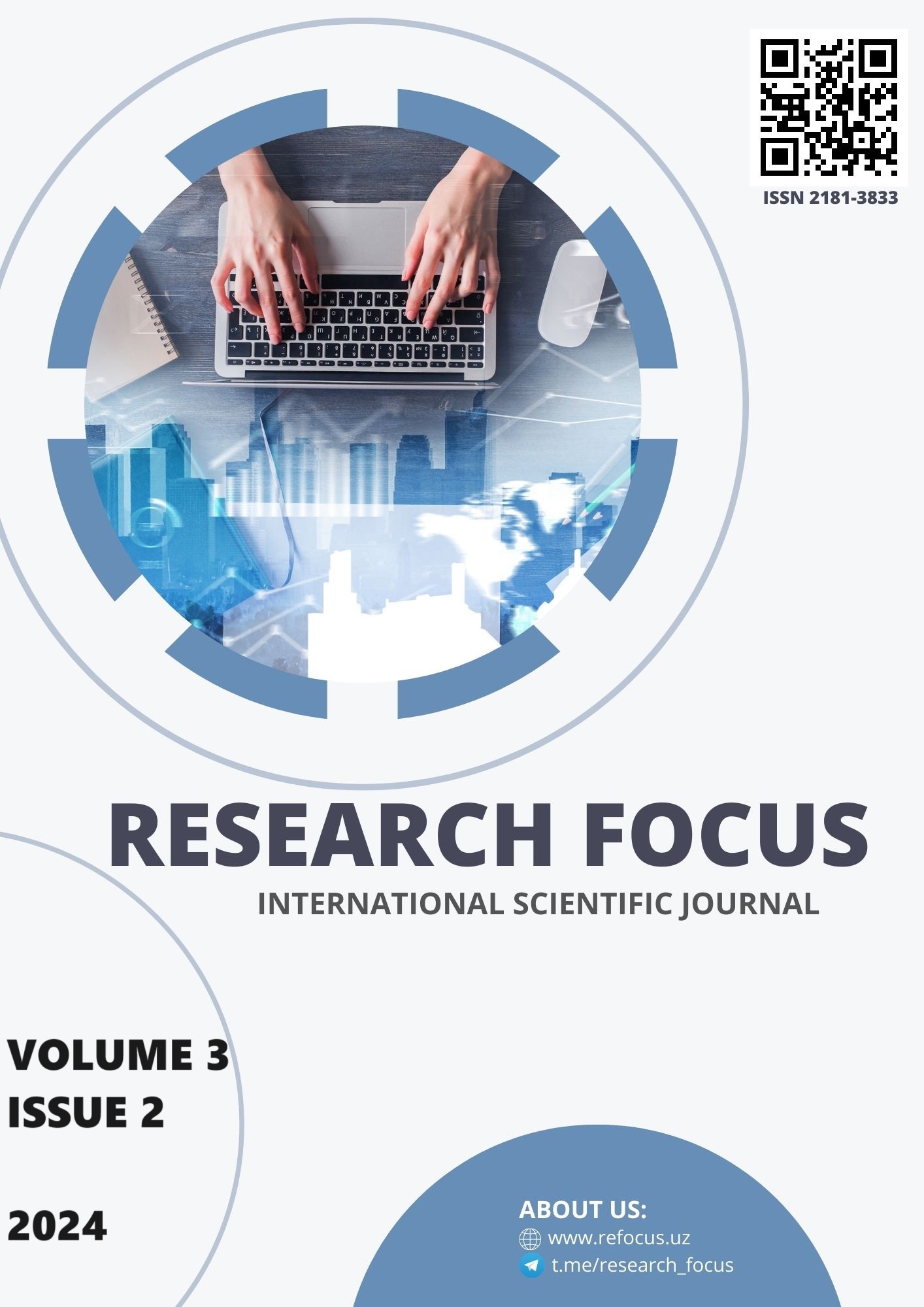THE VALUATION OF THE RESIDUAL AND SECONDARY DEFORMATION OF THE MEDIUM FACE ZONE IN PATIENTS WITH UNILATERAL CLEFT LIP
Main Article Content
Abstract
The treatment of patients with cleft lip and palate is a complicated medical-social problem. The residual and secondary deformations of the nose, upper lip, and dentoalveolar require surgical correction in these patients after undergoing complete reconstruction as a child.
Aim. To systematize the degree of severity of the residual secondary deformation of the medium face zone in adult patients after previous surgery.
Materials and methods. This scientific work was based on the results of 42 adult patients with unilateral cleft lip after undergoing complete reconstructive surgery as a child. The valuation of residual and secondary deformations of the nose, upper lip, and vestibule was performed in adults aged 25–40 years. The typical residual deformation at these locations was determined and separated into three groups and given a value.
Results. We observed that 91% of the patients with unilateral cleft lip had a deformation in the medium face; of these patients, 15% had severe deformation with an absolute indication for surgery.
Conclusion. The residual and secondary deformations of the medium face zone were diagnosed in 91% (80.6%–96.7%) of the patients operated using the Miro-Limberg-Obuyhov method in the remote period. Moreover, 15% of these deformations had an absolute indication for surgery. The three numbers used in the valuation system of the residual and secondary deformations of the medium face zone in patients with a unilateral cleft lip enable impartial and quick determination of the intensity of one or more deformations of the nose, lip, or vestibule of the mouth.
Article Details

This work is licensed under a Creative Commons Attribution 4.0 International License.
References
Kozlov V.A., Muratov I.V., Kotov G.A., et al. Classification of congenital clefts and palate defects after uranoplasty. Clinical and embryopathogenetic principles // Dentistry. – 2000. – T. 79. – No. 1. – P. 58–61.
Bessonov S.N. Correction of nasal deformity in congenital bilateral clefts of the upper lip / XXII International Conference of Maxillofacial Surgeons and Dentists “New Technologies in Dentistry”; May 16–18, 2017; Saint Petersburg. – St. Petersburg, 2017.
Mushkovskaya S.S., Kulikov A.V. Residual facial deformities after congenital cleft lip and palate and methods of their correction // Annals of plastic, reconstructive and aesthetic surgery. – 2004. – No. 4. – P. 116–117.
Stepanova Yu.V., Tsyplakova M.S. Main directions in complex rehabilitation of children with congenital cleft lip and palate // Orthopedics, traumatology and reconstructive surgery of children. – 2013. – T. 1. – No. 1. – P. 36–43.
Onchakov G.V., Gonchakova S.G. Surgical treatment of children with congenital unilateral clefts of the upper lip // Head and neck. – 2015. – No. 1. – pp. 27–30.
Kryklyas V.G., Dmitrieva N.B., Kryklyas E.V., Farenyuk O.A. Clinical features of residual nasal deformities in patients with unilateral clefts of the upper lip and palate // Bulletin of Dentistry. – 2012. – No. 1. – P. 42–45.
Surkin A.Yu. Program for assessing the results of treatment of children with congenital cleft lip and palate at the stages of rehabilitation: Abstract of thesis. dis. ...cand. med. sci. – M., 2006.

